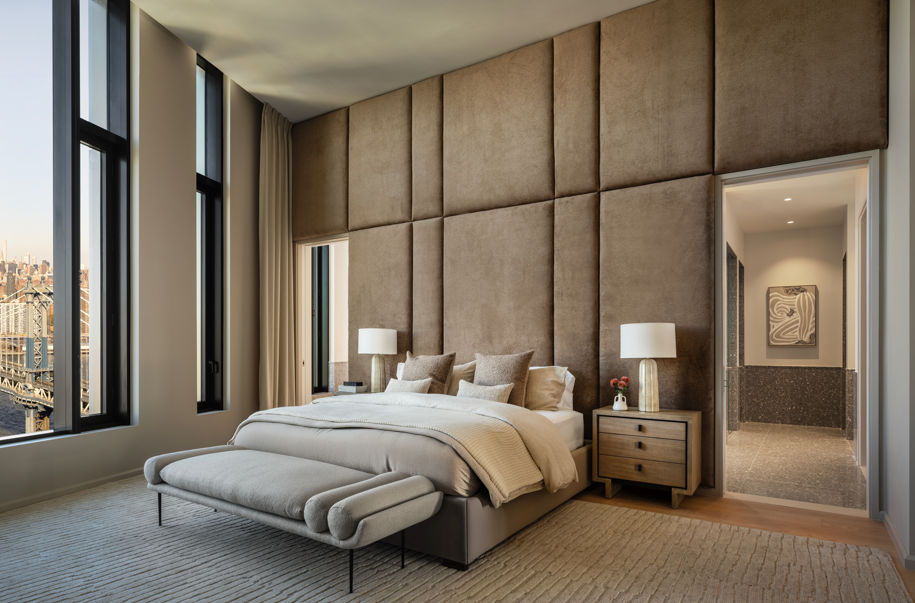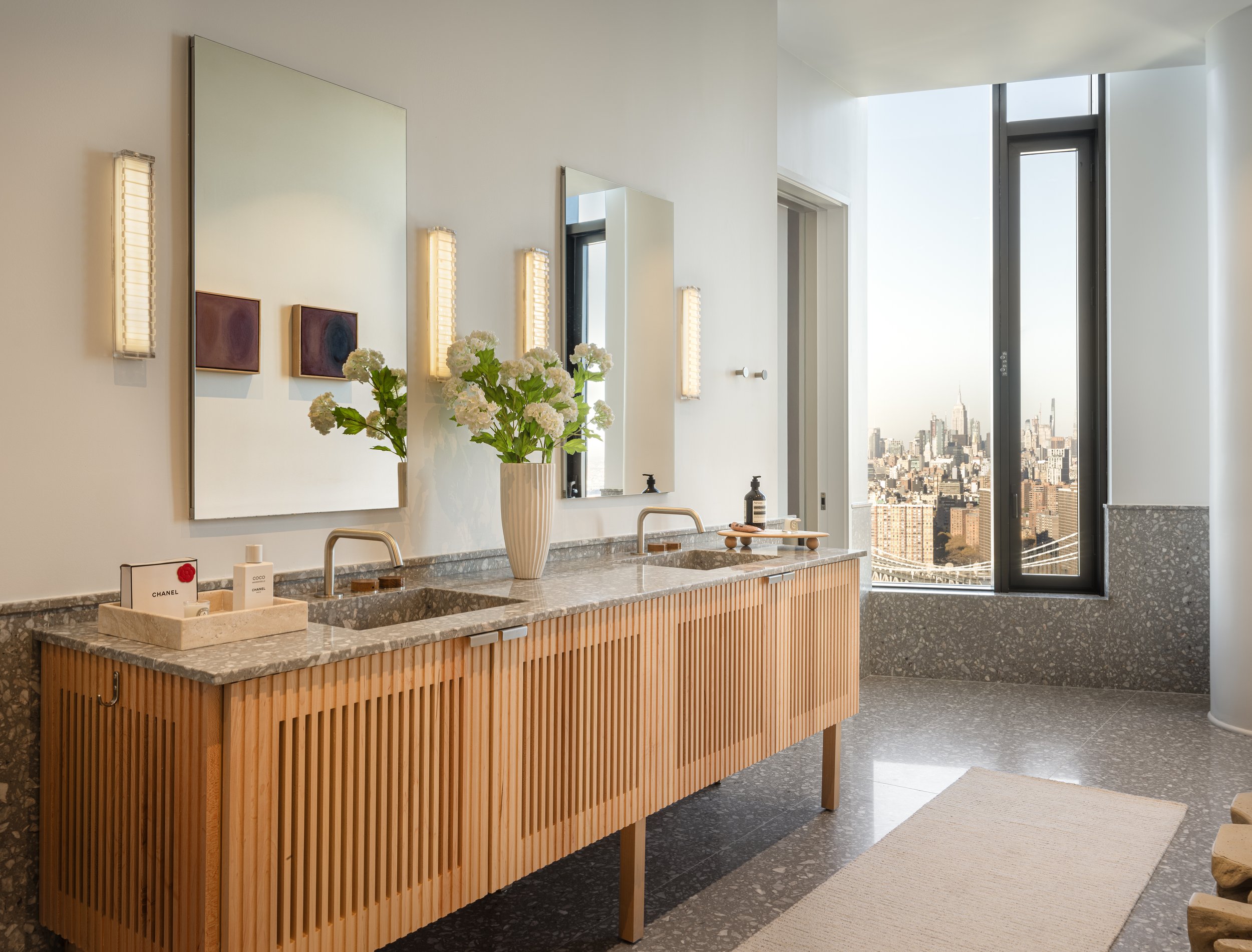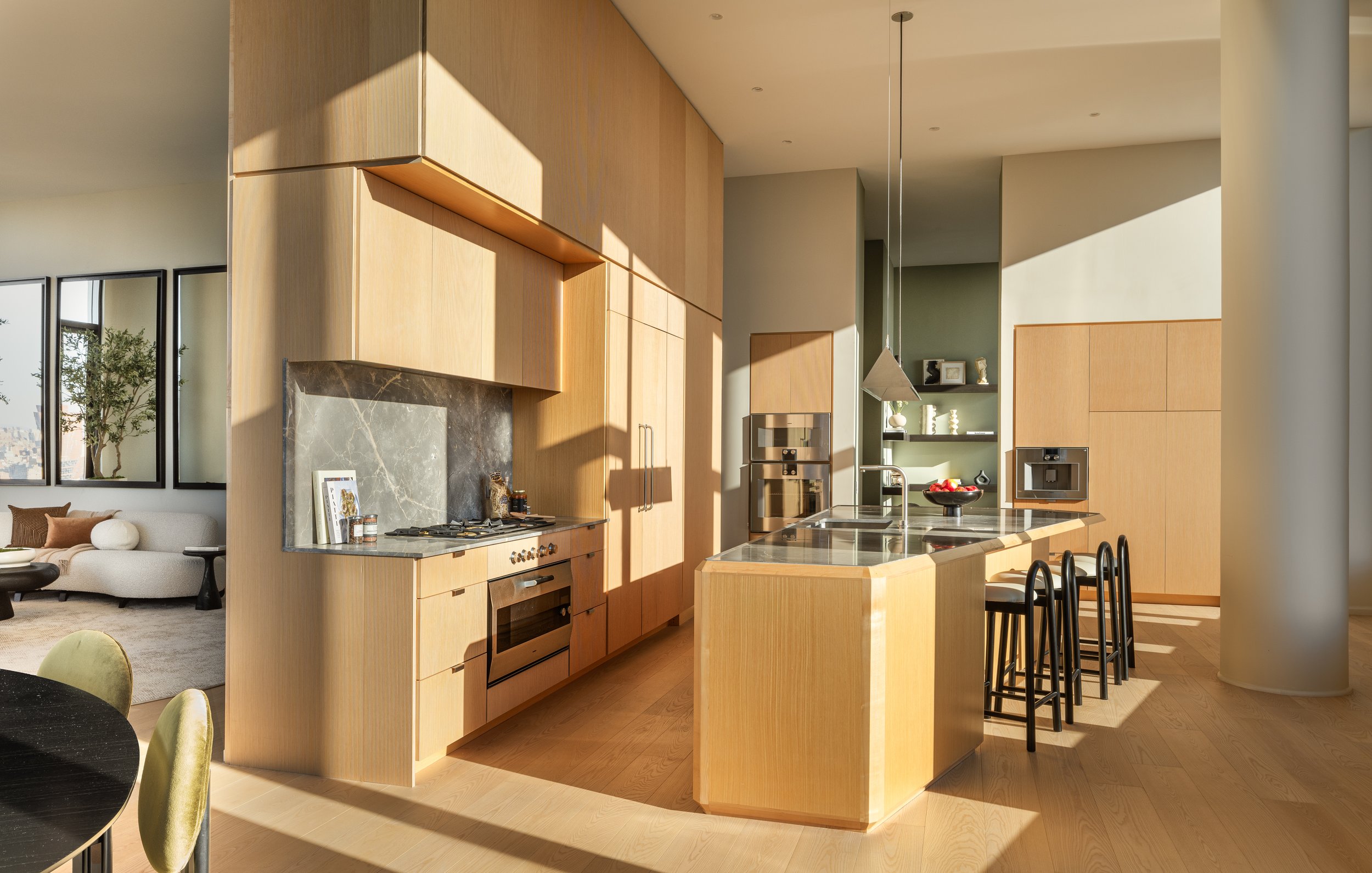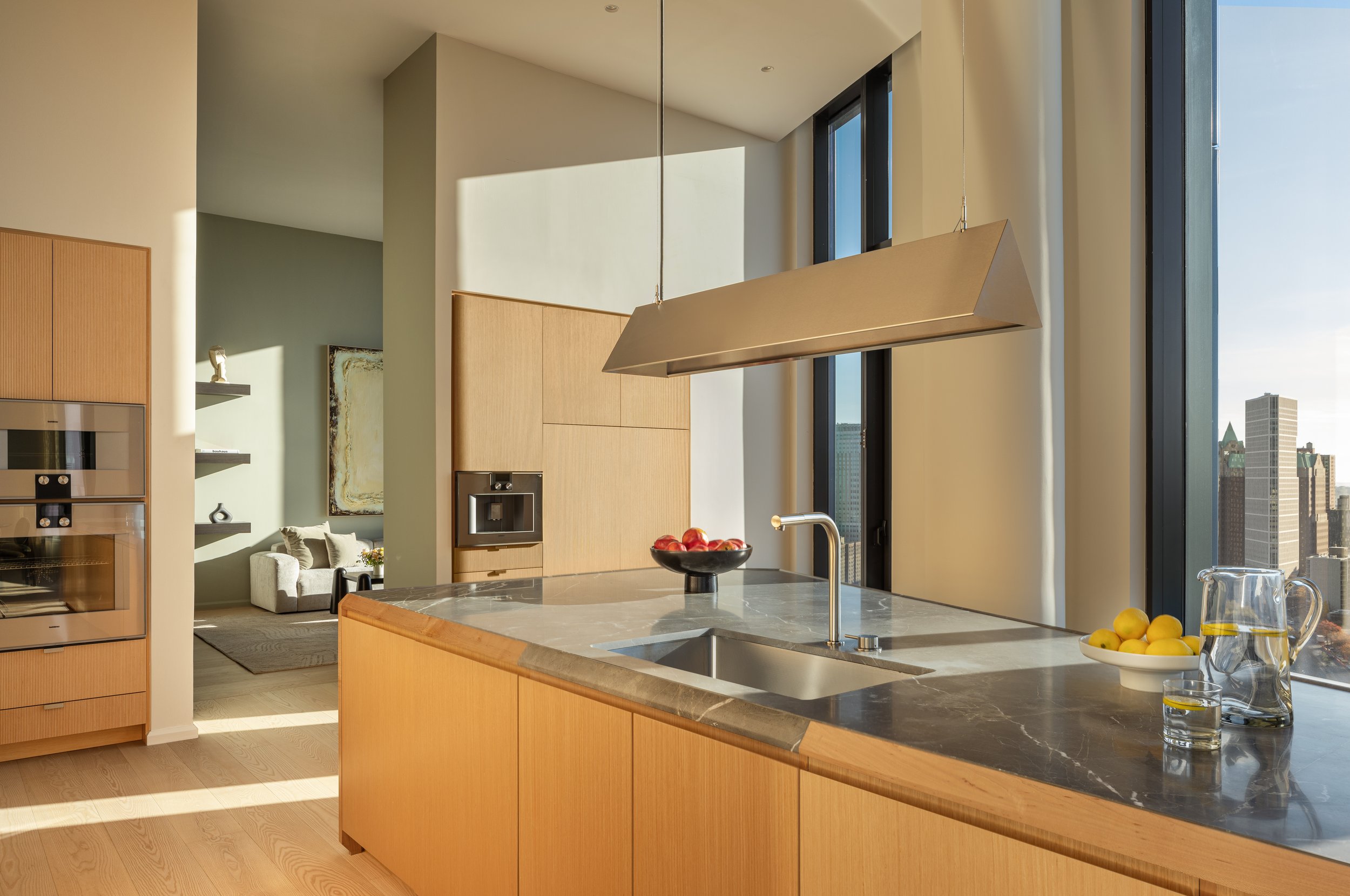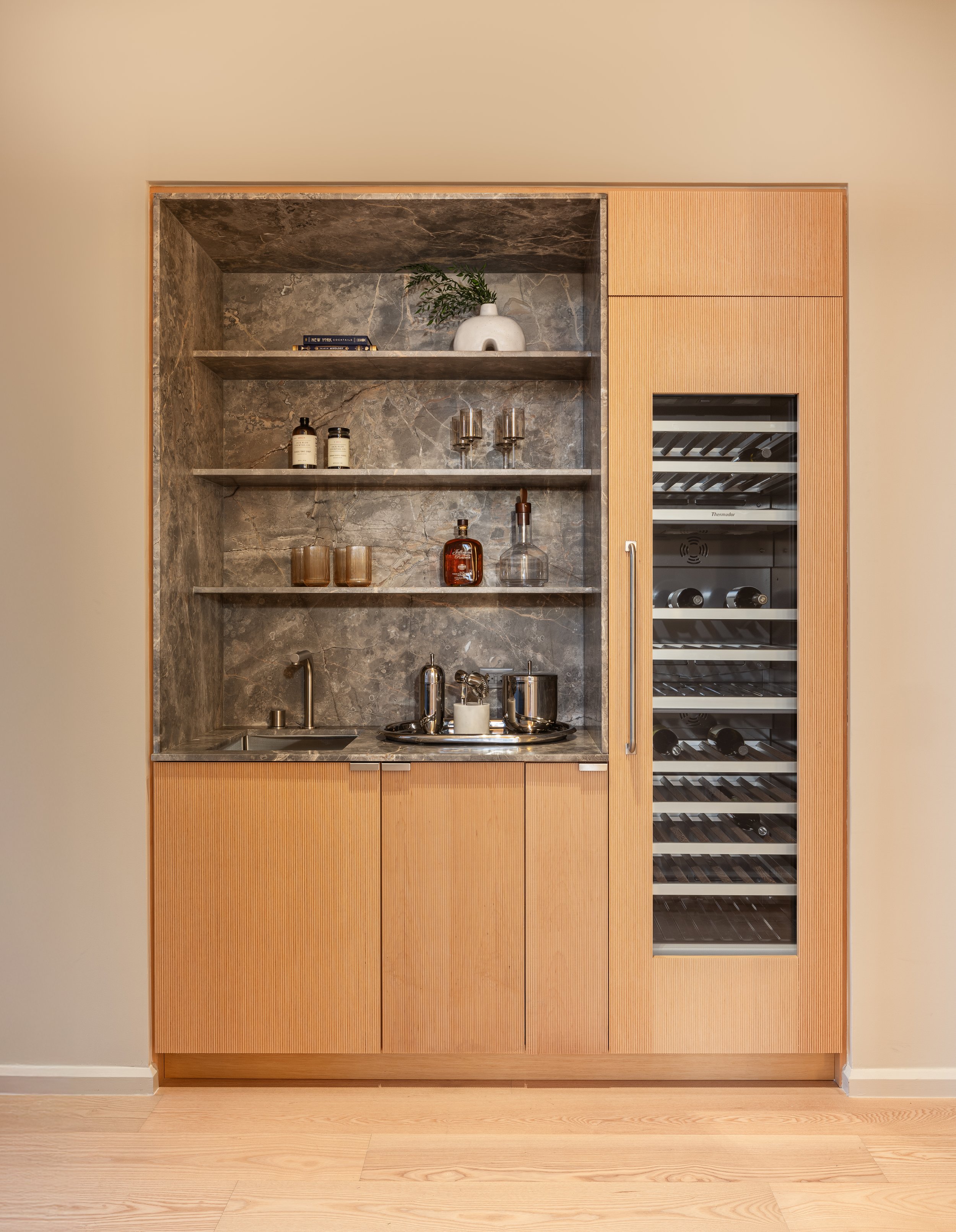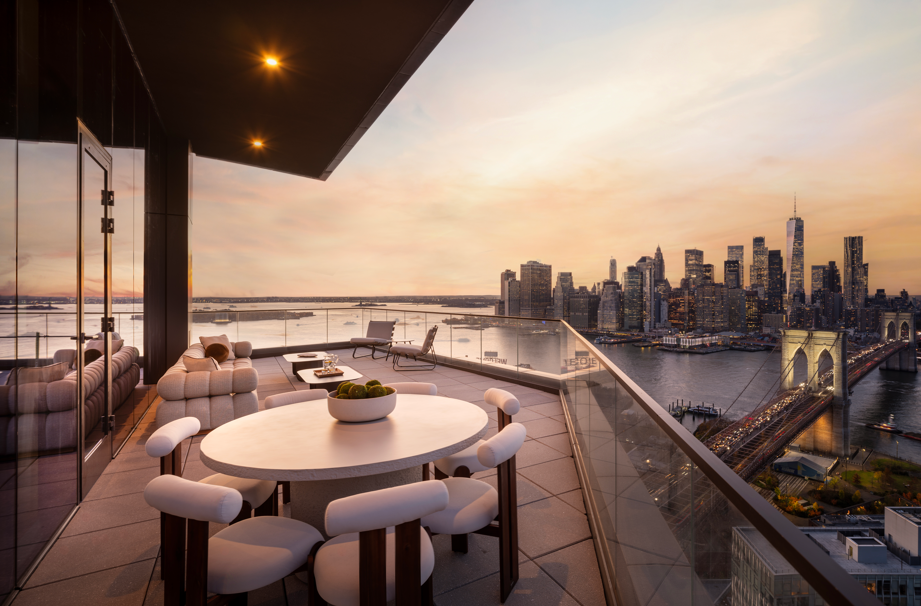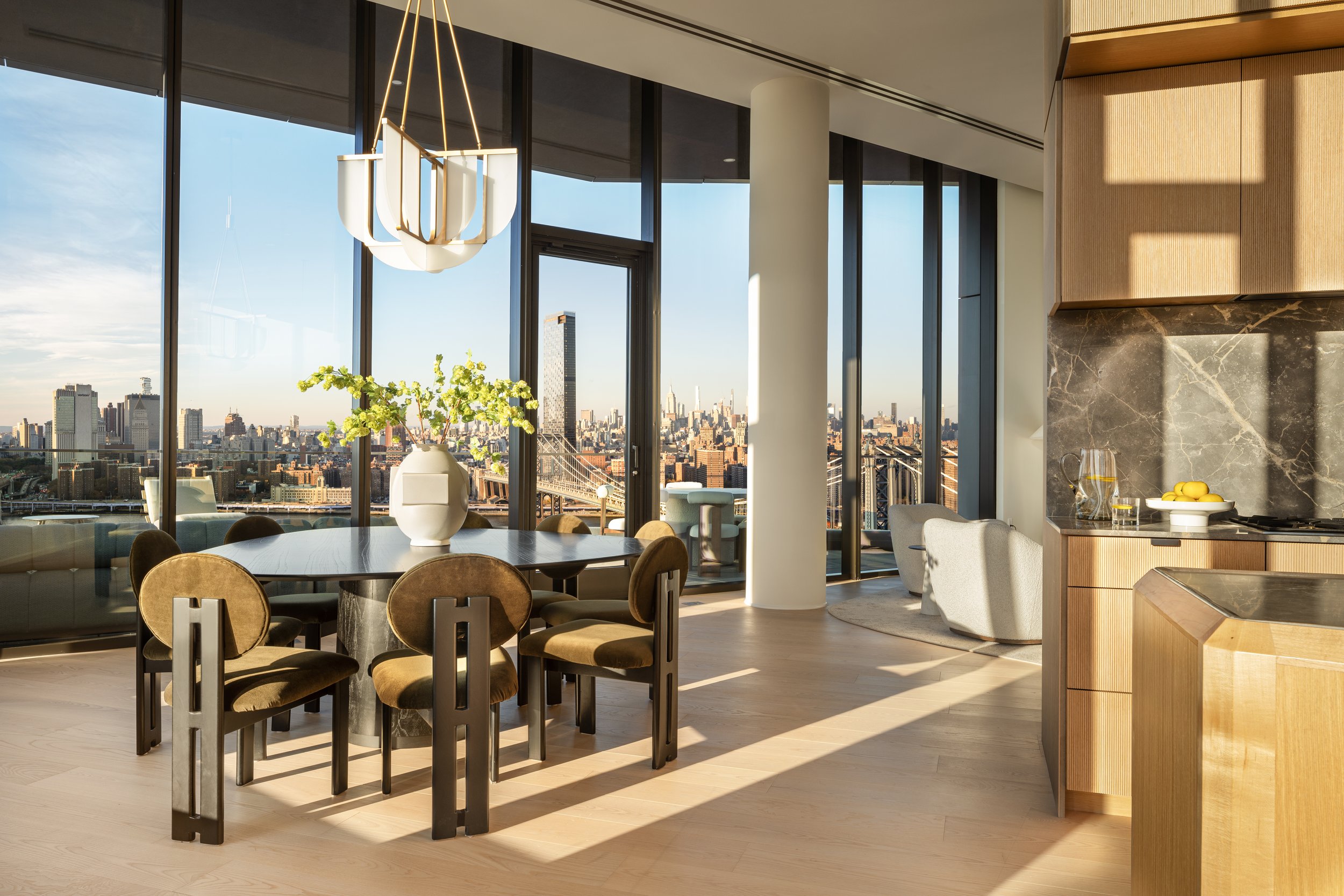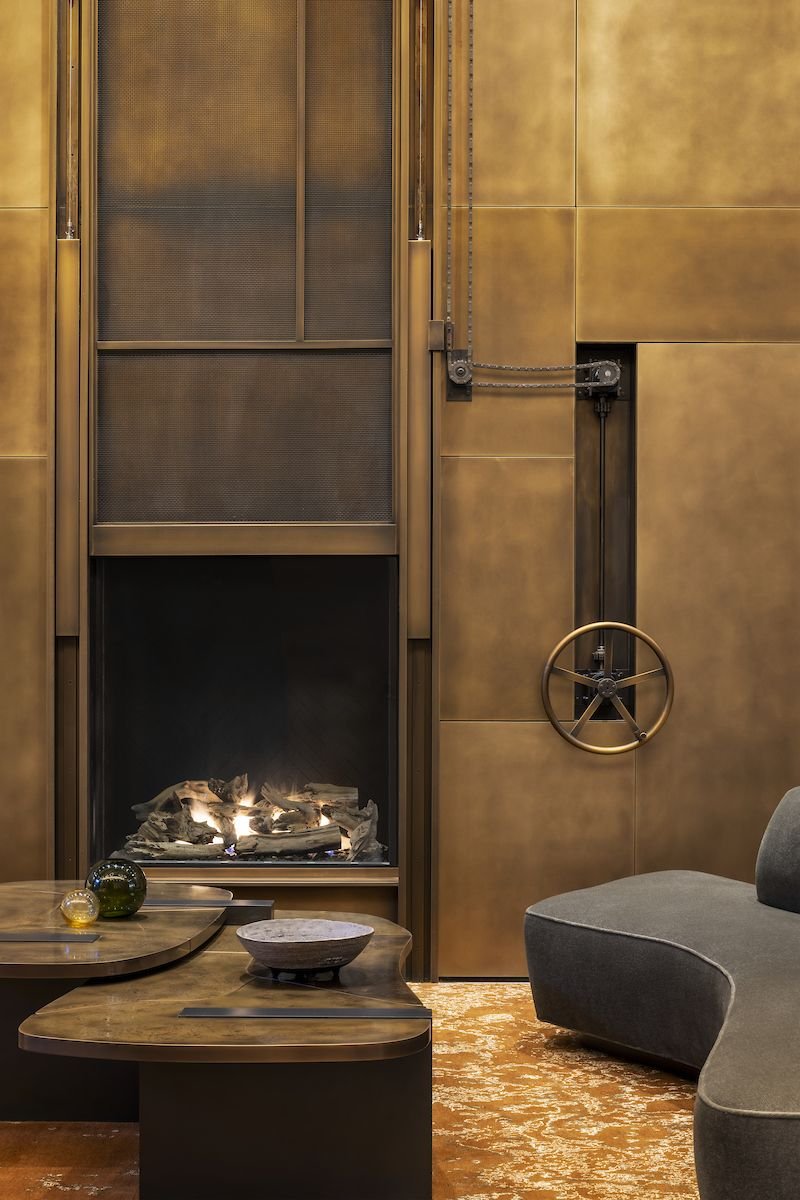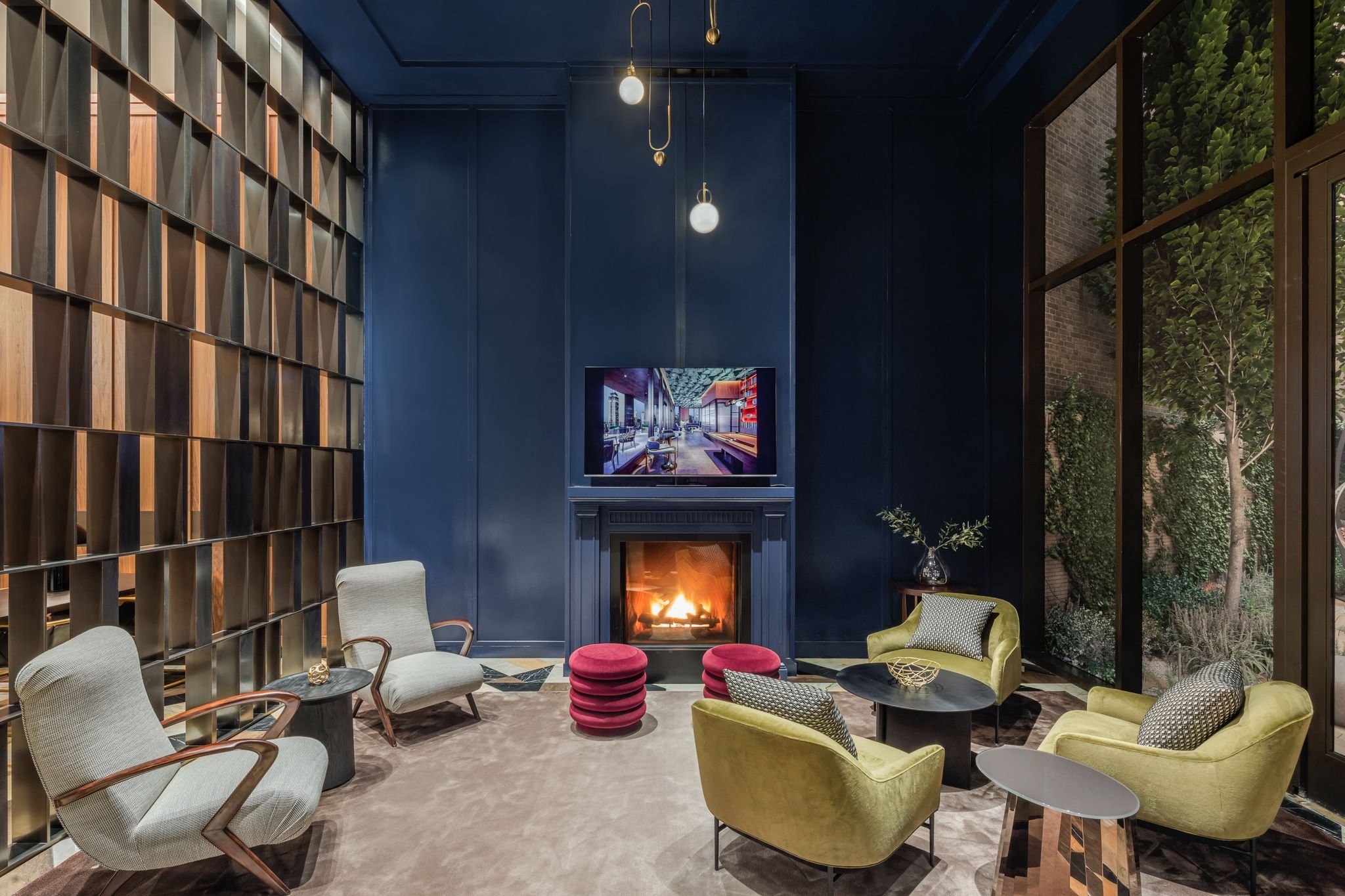How to Stay Warm in Your NYC Apartment This Winter
Winters in New York City can be bone-chilling, especially when strong winds blow through the city's streets. For many apartment dwellers, finding ways to stay warm without cranking up the heat can feel like a daunting task. However, with the right strategies in place, you can transform your space into a cozy haven.
Simple changes, like enhancing your apartment's insulation and optimizing your heating system, can make a big difference. Additionally, incorporating warm decor elements not only makes your home feel inviting but also helps retain heat. With a few thoughtful adjustments, you can enjoy a snug winter retreat in the heart of NYC, no matter how cold it gets outside.
Effective Insulation Techniques
Proper insulation plays a key role in keeping your apartment warm during the chilly NYC winter. It helps retain heat, reducing the need for excessive heating and saving on energy bills. An effectively insulated apartment feels cozier and maintains a stable temperature, even during the coldest months.
Start with windows, which can be a major source of heat loss. Use weatherstrips to seal gaps where cold air seeps in. Window insulation kits are another option, providing a plastic film that acts as an extra barrier against the cold. For doors, installing draft stoppers or sweeps at the base helps block cold drafts, maintaining a warmer indoor environment.
Thermal curtains and window films offer additional benefits. Thermal curtains are made of thick fabric and can trap heat inside a room, especially in areas where windows are large and drafty. They work well in combination with blinds or existing window treatments. Window films can also reduce heat loss by adding an insulating layer to the glass. These films are easy to apply and do not affect natural light.
By enhancing your apartment's insulation, you create a more comfortable and energy-efficient environment, making winter much more bearable without relying extensively on your heating system.
Heating Systems for NYC Apartments
Understanding the different types of heating systems in NYC apartments helps residents choose the best methods for maintaining a cozy home. Common systems include radiators, central heating, and electric baseboard heaters. Each has its unique features and benefits, suitable for various space requirements.
Radiators, typically found in older buildings, use steam or hot water to heat a space. Regular maintenance, like bleeding the radiators to remove trapped air, enhances their efficiency. For central heating systems, ensure that vents and ducts are clean and unobstructed to deliver warm air effectively. Programmable thermostats can fine-tune temperature settings based on occupancy patterns, reducing energy waste.
Portable heaters offer flexibility, especially in rooms not covered by the main heating system. Safety is vital when using portable heaters. Keep them away from flammable materials, and never leave them unattended. Look for models with automatic shut-off features that activate in case they tip over.
Optimizing your existing heating system, using technology wisely, and safely deploying additional heating tools ensures your apartment stays adequately warm. By paying attention to these details, you create a more comfortable and energy-efficient living space.
Smart Energy Use
Managing energy consumption smartly is essential for keeping warmth in and energy costs down. By making mindful adjustments, you can ensure your apartment stays cozy without overusing resources. One straightforward method is to seal off unused rooms to focus heat where it’s needed most. This helps maintain warmth in occupied spaces and reduces waste.
Programmable thermostats are tools that can help you keep your home at a comfortable temperature. They allow you to set different temperatures throughout the day, so you can lower the heat when you're sleeping or out. By automatically adjusting the temperature, these devices minimize energy use while maintaining comfort.
Adopting energy-saving habits further boosts efficiency. Always turn off heaters when leaving a room, and unplug unused electronics to avoid phantom energy drain. Using sunlight during the day for natural warmth and closing blinds or curtains at night to trap heat are simple yet effective practices. Embracing these strategies ensures both comfort and energy efficiency throughout the winter months.
Cozy and Warm Home Decor Ideas
Adding cozy decor is a fun way to make your apartment feel toasty and inviting. Layering is key, starting with rugs on floors. Not only do they trap heat, but they also provide a soft surface underfoot. Consider placing rugs in high-traffic areas to add both warmth and style.
Throws and blankets draped over sofas and chairs supply extra warmth. Opt for materials like fleece or wool for maximum coziness. Double up on bedding by adding extra layers to ensure you're snug through cold nights. Rearranging furniture can also help. Move couches and beds away from windows and outside walls to avoid chilly drafts.
Lighting plays an important role in creating a warm atmosphere. Use warm-toned LED lights and incorporate table lamps or floor lamps to bathe rooms in a soft, inviting glow. Candles add ambiance and a touch of warmth. By mixing these decor elements, your apartment can become a cozy retreat from the winter chill.
Conclusion
Staying warm in your NYC apartment this winter doesn't need to be a challenge. With a focus on insulation, proper heating systems, and smart energy usage, you can keep your home comfortable without a hefty energy bill. Decor solutions further enhance warmth, making your apartment an inviting space during the colder months.
These simple yet effective techniques can transform how you experience winter in the city. Whether you're renting or owning, being strategic with your space ensures comfort and efficiency. Off The MRKT provides insights in our New York City real estate blog to help you make the most of your living environment. Engage with our resources and tips to enhance your winter living experience and stay cozy all season long.











